This is because older, cruder techniques make it expensive to develop genetically modified (GM) foods, so they are mostly the domain of big multinationals. In contrast, CRISPR has made genetic tinkering cheap and easy.
"It takes a firm on average 13 years and costs $130 million to launch a GM crop""Rather than just four or five large multinationals dominating the market, you're going to have an explosion of companies all over the world innovating and coming up with improved crop varieties," says Tony Moran of US biotech company Cibus.

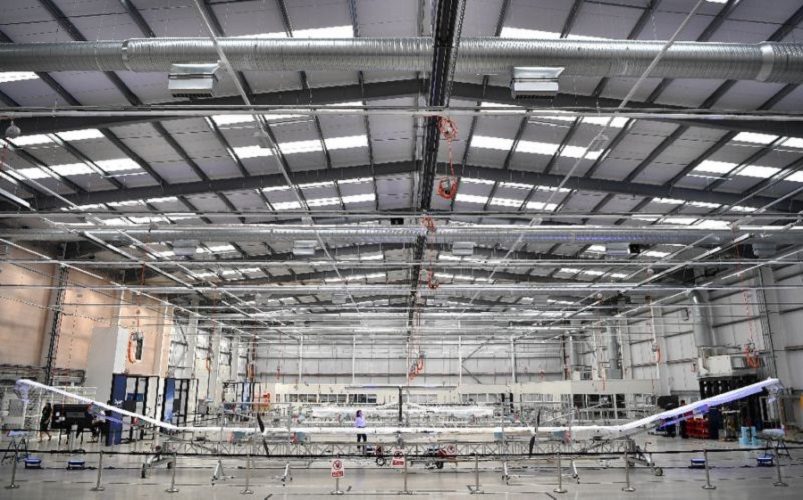
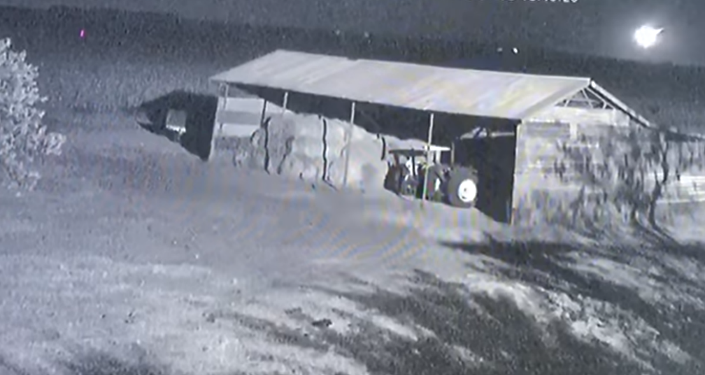
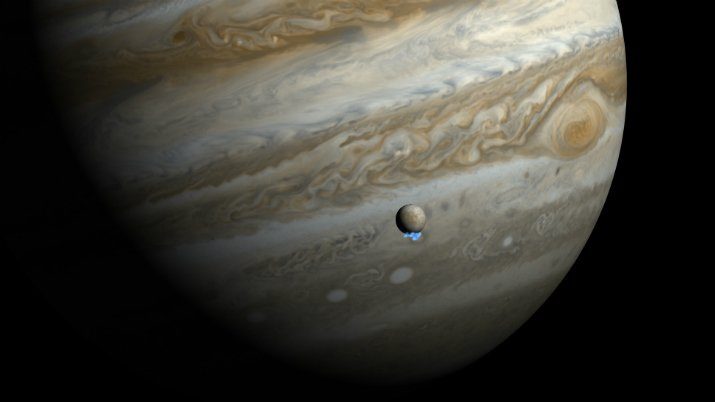

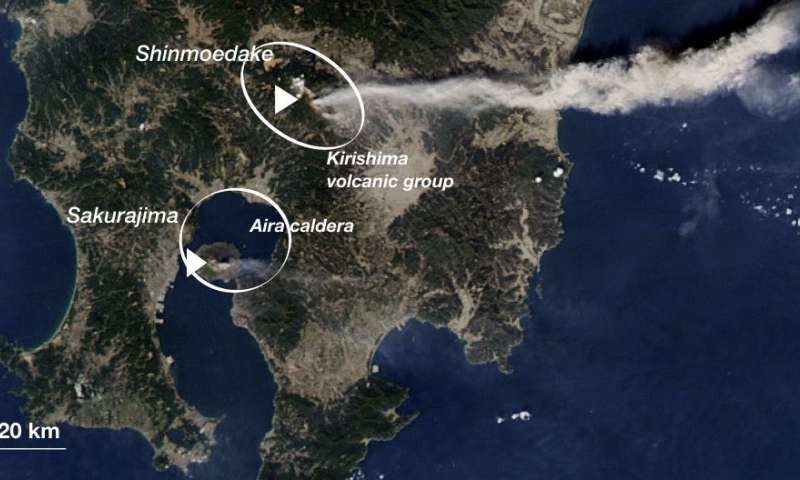
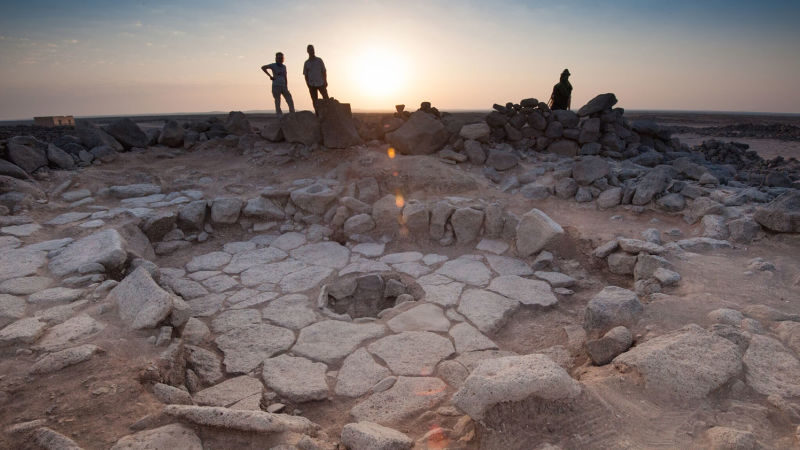






Comment: CRISPR9 Gene-Editing dangers cause a firefight:
Then we have a cautionary statement from one of the key researchers who helped discover CRISPR, Jennifer Doudna: CRISPR's catch-22: Two new studies warn the gene editing tool can trigger cancer